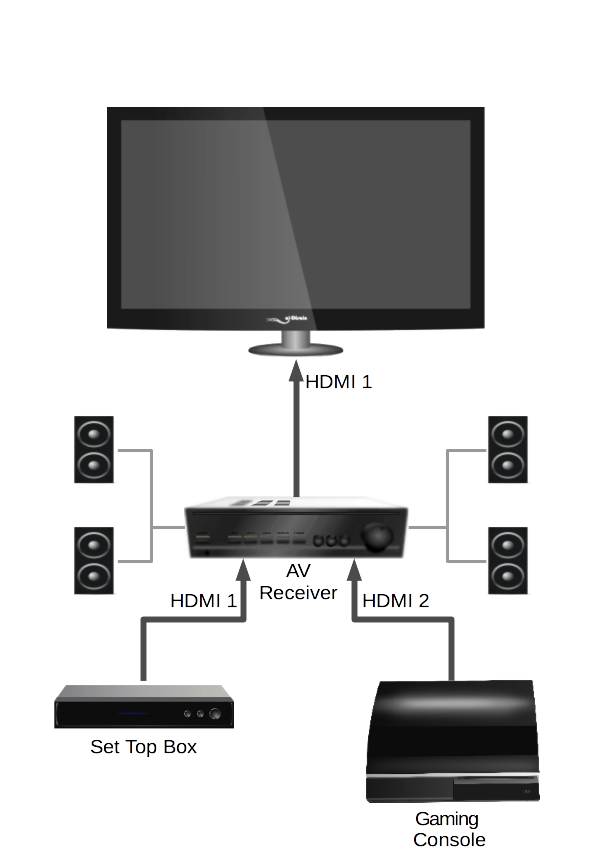HDMI-CEC Guide: What it is and why you should have it (and use it)
Editor’s note: HDMI-CEC is also known as Anynet+ (Samsung), CE-Link (Toshiba), EZ-Sync (Panasonic), Bravia Theater Sync (Sony) and SimpleLink (LG). Apart from any eventual proprietary extensions, all support the same basic functionality. There is a plague invading our living rooms for the past couple of years: remotes. First there was only one: the TV remote, then the VCR remote came in, but over the last couple of years, things started to go awry: DVD remote, Bluray remote, cable box remote, AV receiver remote and so forth. Typical AV setup during the years The thing is, when the TV remote appeared, there was only …

